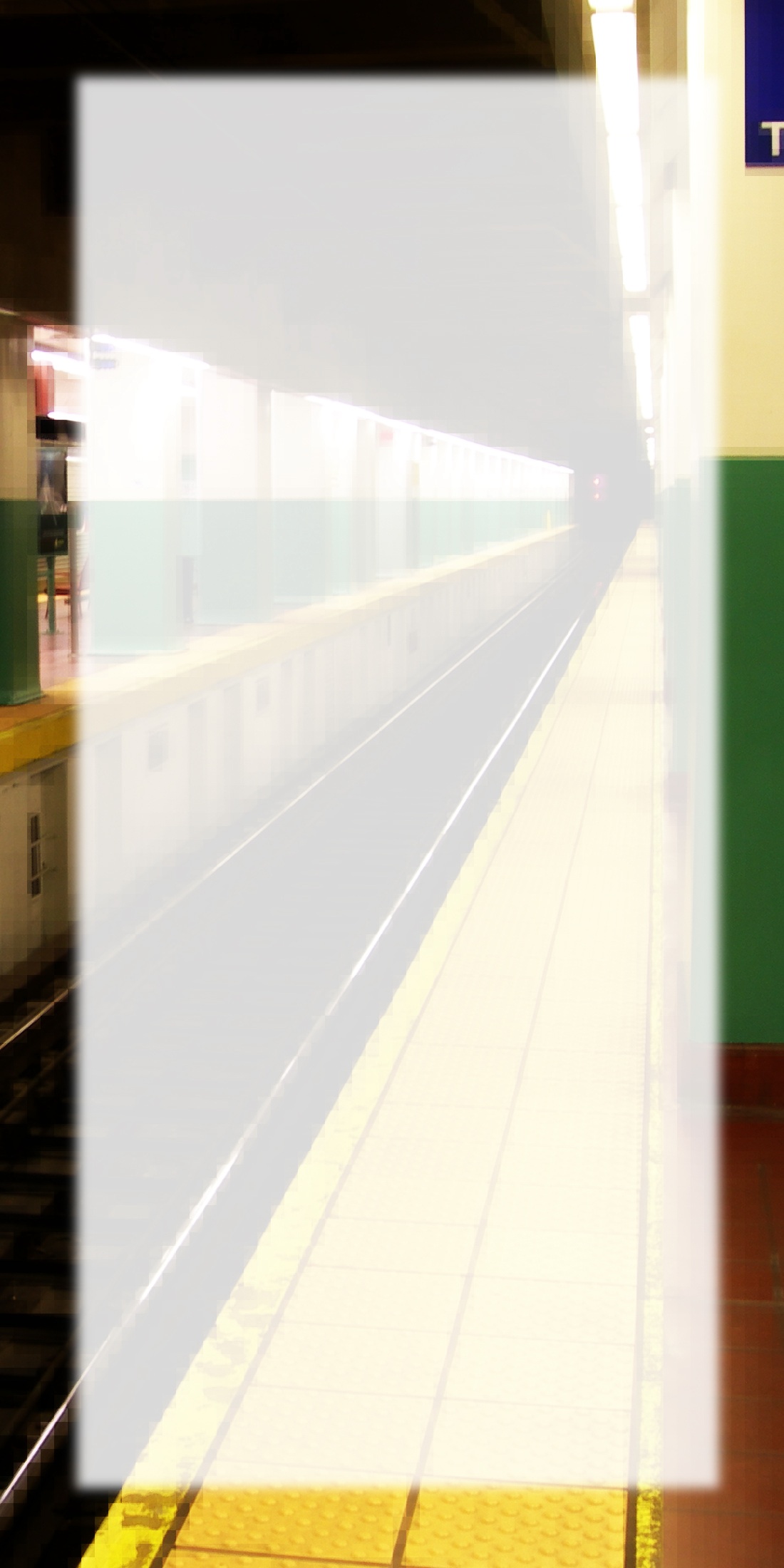Discrepancies Between Art Historical and Psychoanalytic Interpretations of Avant-Garde Painting: Fry and Greenberg contra Balint and Fairbairn by Donald Kuspit
Abstract art may look obscure, meaningless, and incoherent from the man in the street’s everyday point of view, which expects to find matter-of-fact familiarity wherever it looks. But it is an esthetically and emotionally convincing unintelligibility to the more sensitive and alert viewer, able to suspend and even insanely discard and ruthlessly shatter everyday perception in order to experience the abstract and extraordinary uncanniness--”surreal” character, as it were--of even the most ordinary, taken-for-granted appearances, for example, apples and trees as Cézanne’s paint reveals them. The avant-garde painter had to crack and discard the shell of object-representation, sometimes putting the fragments to abstract use in an ironical image, sometimes discarding them altogether, in order to get at the kernel of pure sensation and feeling hidden in it. We see this subversive object-distorting and object-corroding process at work in Cubism, Surrealism, and Expressionism--directly inspired by Van Gogh--however different their artistic means and external appearance.
Notes
(1)W. R. D. Fairbairn, “Prolegomena to a Psychology of Art” (1938), From Instinct to Self: Selected Papers of W. R. D. Fairbairn (Northvale, NJ and London: Jason Aronson, 1994), p. 390. All Fairbairn quotations are from this essay.
(2)Michael Balint, “Notes on the Dissolution of Object-Representation in Modern Art” (1952), Problems of Human Pleasure and Behaviour (London: Maresfield Library, 1987), p. 119. All Balint quotations are from this essay.
(3)Roger Fry, Cézanne: A Study of His Development (1927), (New York: Noonday Press, 1958), p. 39. All Fry quotations are from this book.
(4)Clement Greenberg, “Frontiers of Criticism: Review of Les Sandales d’Empédocle: Essaisur les limites de la littérature by Claude-Edmonde Magny” (1946), Arrogant Purpose, 1945-1949 (Chicago and London: University of Chicago Press, 1988), p. 68
(5)Greenberg, “Irrelevance versus Irresponsibility” (1948), Ibid., p. 232
(6)Greenberg, “Review of an Exhibition of Marc Chagall” (1946), Ibid., p. 83
(7)Greenberg, “Review of the Exhibition A Problem for Critics” (1945), Ibid., p. 29
(8)Greenberg, “On The Role of Nature in Modernist Painting” (1949), Art and Culture (Boston: Beacon Press, 1965), p. 172
(9)Greenberg, “Review of Exhibitions of Hedda Sterne and Adolf Gottlieb” (1947), Arrogant Purpose, 1945-1949, p. 187
(10)Greenberg, “Irrelevance versus Irresponsibility,” Ibid., p. 233
(11)Greenberg, “Contribution to a Symposium” (1953), Art and Culture, p. 125
(12)Greenberg, “Abstract, Representational, and so forth” (1954), Ibid., p. 137
(13)Greenberg, “Contribution to a Symposium,” Ibid., p. 125
